Water is the source of life, and the health of your daily drinking water directly impacts the well-being of your entire family. However, tap water inevitably contains impurities and residual chlorine, which can affect both taste and health. Currently, many ordinary household water purifiers are caught up in price competition, resulting in poor performance. Many products add chemical agents, claiming to produce ‘mineral water’ or ‘fresh water,’ but in reality, they can only filter a limited number of harmful substances and bacteria, have weak purification capabilities, and often exceed safe levels of toxic chemicals. Long-term consumption can be harmful to health. So, what are the side effects of water purifiers? Let's explore this together.
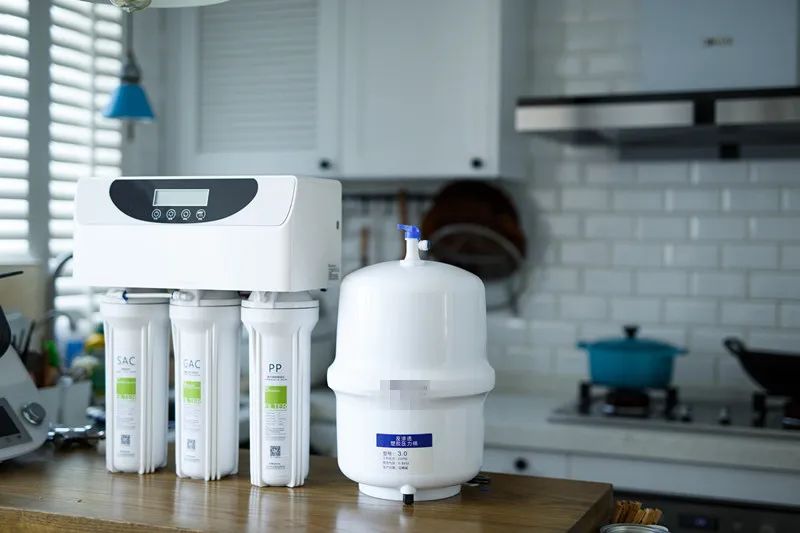
1. Analysis of the 4 major side effects of water purifiers
What are the side effects of water purifiers?
Many water purifiers on the market today are engaged in price wars, neglecting the core performance of the product, and may cause various side effects after use. Let's take a closer look.
Side effect 1: Adding multiple chemical agents
Many water purifiers add multiple chemical agents to improve wastewater-to-clean water ratio and extend filter cartridge lifespan, which can lead to water quality contamination and the presence of toxic harmful substances, posing health risks with long-term consumption.
Side Effect 2: Adding Minerals Affects Health
Many water purifiers on the market use ‘fresh water’ or ‘mineral water’ as marketing gimmicks, adding minerals to attract consumers. However, this can lead to excessive mineral levels, strong odours, poor taste, and increased bodily strain, all of which can affect health.
Side effect 3: Poor filter cartridge durability
Low-cost products have filter cartridges with poor durability, and RO membranes are prone to clogging. Prolonged use reduces flow rate and filtration precision, making it difficult to remove impurities and heavy metals, which can lead to gastrointestinal issues and chronic heavy metal poisoning when consumed.
Side effect 4: Falsified filter cartridge lifespan
Many water purifiers claim to have an exceptionally long filter cartridge lifespan, often skirting the edge of drinking water standards. Do not be easily swayed; some rely on chemical additives, while others continue to use expired filter cartridges, merely meeting the minimum standards.
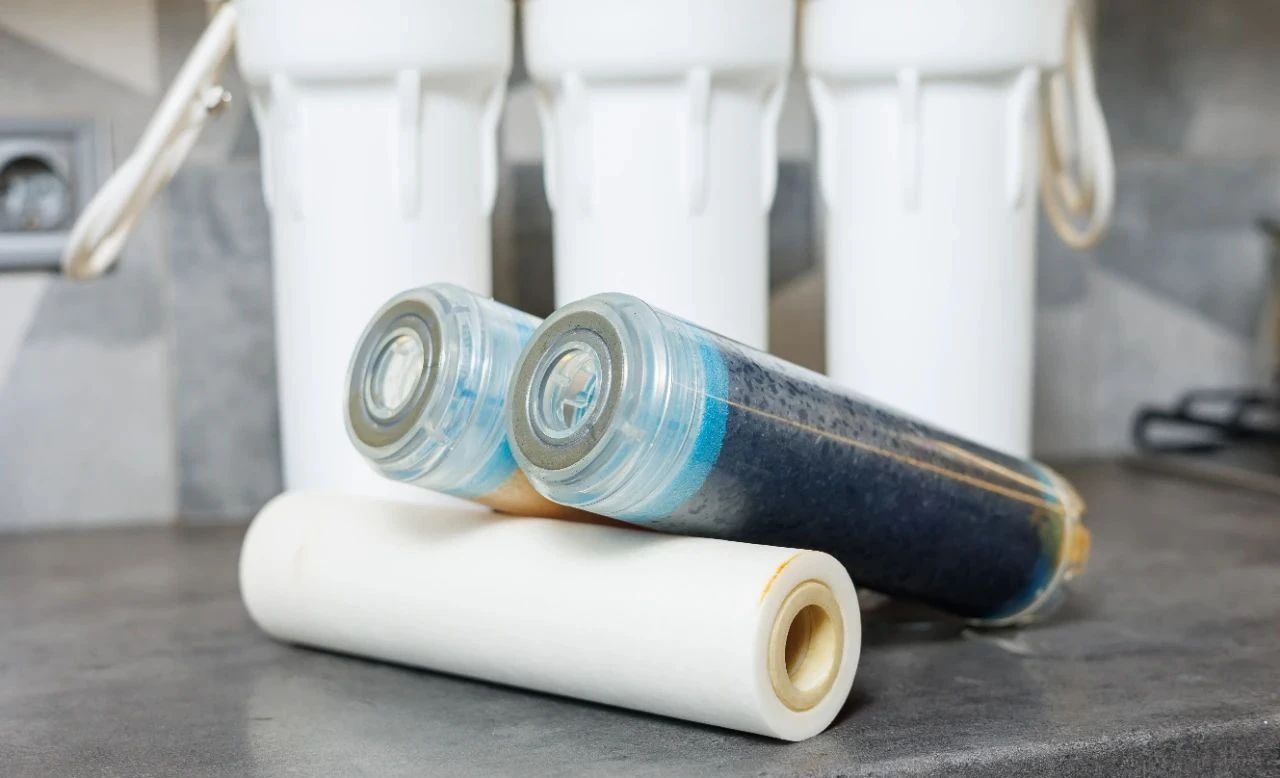
II. Exploring the four causes of side effects
What are the side effects of water purifiers?
The market is flooded with diverse water purifier products, many of which are unprofessional and have numerous side effects. To help consumers avoid such products, we will now explain the causes of these side effects.
Cause 1: Lack of antibacterial technology
Ordinary water purifiers lack antibacterial technology, resulting in poor bacterial filtration. They can only filter out fewer than 100 types of bacteria, and struggle to remove ultra-fine bacteria like E. coli, which can cause diarrhoea, vomiting, and hepatitis when consumed.
Reason 2: Use of low-quality RO membranes
Many products use unknown-brand RO membranes to cut costs, resulting in small filtration areas, poor precision, and ordinary pre-filtration materials, making it difficult to filter out impurities. This leads to fewer bacteria being filtered out, poor water quality, and unpleasant taste, which can cause discomfort when consumed.
Reason 3: Insufficient professional technical capabilities of the brand
Brands lacking technical capabilities often engage in price wars, neglecting core performance improvements. This results in high TDS values, low desalination rates, poor filtration, inability to handle severe contamination, limited bacterial filtration, short lifespan, and excessive wastewater production. Replacing filters frequently also incurs additional costs.
Reason 4: Misleading parameter claims, with core TDS values falling short
Many products today make misleading parameter claims, with core TDS values failing to meet standards or even exceeding 50, desalination rates below 90%, and inability to remove harmful substances. The output water may have an unpleasant odour or bitter taste, and is prone to scaling and accumulating impurities, causing secondary pollution—a clear case of misleading marketing. What are the side effects of water purifiers? Many water purifiers on the market are caught up in price wars, offering poor performance, adding chemical agents, and prioritising gimmicks over effectiveness. They have weak purification capabilities and may even exceed chemical substance limits. So, how should one choose?
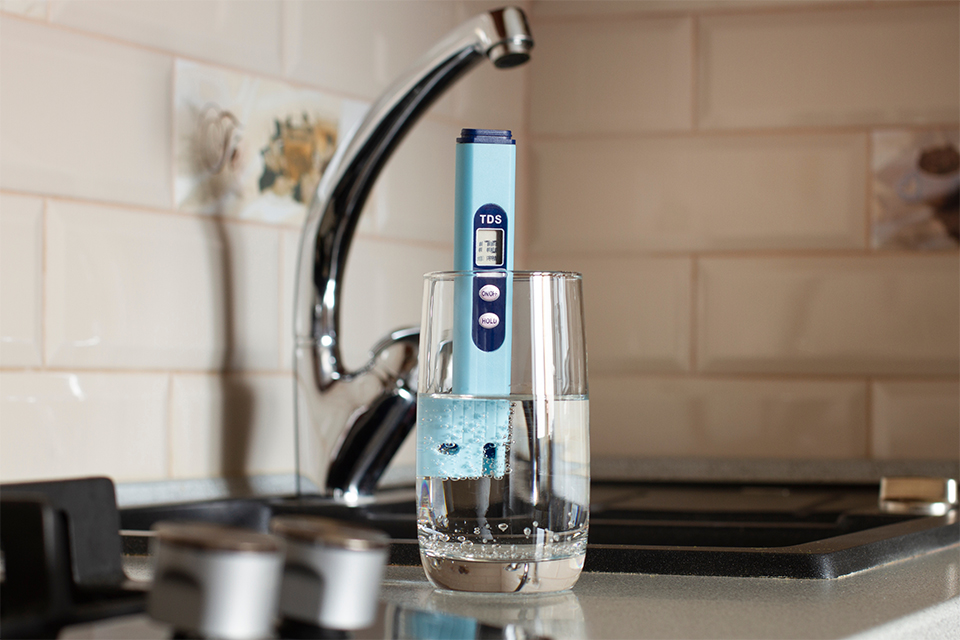
Water purifiers on the market inevitably fall into one of two categories. Either they cut costs by reducing performance, resulting in incomplete purification of the water, or they have weak purification capabilities and rely on gimmicks such as ‘fresh water’ and ‘mineral water’ to deceive consumers, while adding chemical agents that pose health risks.
Gongling's rise to prominence stems from its specialisation in purifying complex, heavily polluted water sources, earning it a strong reputation in Europe and the United States. Breaking away from the reliance on simple filtration common in household products, it aligns with commercial standards, pioneering six proprietary purification systems to address complex pollution with higher precision and thoroughness. Its 99% desalination rate matches commercial-grade standards, capable of filtering out over 200 harmful substances—far exceeding most products; its purification precision of 0.0001 microns leaves ordinary household filters with 0.001 microns far behind. More importantly, it does not emit toxic chemicals, achieving 0 residual water and 0 bisphenol A, with no scale inhibitors in the output water. Unlike the industry's chaotic practices of competing on low prices and hyping concepts, Gongling does not pursue low prices, does not overload products with unnecessary features, and does not engage in excessive advertising, instead focusing on core R&D and quality. The product has passed stringent European and American certifications, obtained national water-related approvals, and is backed by 8 international authoritative testing institutions, ensuring its professionalism.
To meet commercial standards, Gongling spares no expense in raw materials and R&D: using 16-page imported DuPont RO membranes, more than the 12-page membranes of competitors; upgrading the filter cartridge from 6 layers to 12 layers of imported models, with precision approaching commercial-grade standards. Through bidirectional SCC forward and reverse flushing and dual-pathway循环 filtration, the water purification rate reaches 99%, far exceeding competitors' 70%. It also pioneers a biomimetic stepped purification process combined with reverse pressure cleaning technology to prevent filter cartridge efficiency degradation caused by secondary contamination from the source. Gongling has previously focused on the European and American markets and only recently entered the Chinese market. It has abandoned unnecessary features and flashy designs, focusing instead on ‘safety, toxicity-free, and high performance,’ and is on par with Siemens and Toshiba. Despite not advertising, it has gained popularity overseas through its superior performance.
Additionally, Midea and Gree water purifiers also perform well in terms of water purification and other functions, but their prices are relatively higher, making them more suitable for consumers with ample budgets.
III. Four key selection tips to help you choose
Many water purifiers on the market today have poor performance and can cause significant side effects when used, so it is crucial to be cautious when selecting one. Below are four key selection tips to help you choose a high-quality product.
1. Pay attention to the filtration precision of the product
Professional brands use high-quality reverse osmosis (RO) water purifiers with a precision of 0.0001–0.001 microns, effectively removing various impurities, softening water quality, and improving taste; non-professional brands have a precision exceeding 0.001 microns, making it difficult to filter out pollutants and potentially causing health issues.
2. Choose a water purifier with a faster flow rate for greater convenience
Water purifiers with faster flow rates are suitable for scenarios with multiple users; slower flow rates can impair the user experience. Flow rates below 800G are slow, around 1000G are suitable, and over 1800G are often exaggerated; the actual flow rate should be above 2L/min, and low-priced products often misrepresent their specifications.
3. Prioritise reputable brands with strong technical capabilities
Prioritise brands with strong technical capabilities, which optimise water purification effects through multiple technologies, achieving TDS values below 20, desalination rates over 95%, high precision, effective bacterial filtration, and durability; Unprofessional brands engaging in price wars and misleading consumers often have poor performance and may harm health.
4. Prioritise products with low TDS values and high desalination rates
Prioritise products with low TDS values and high desalination rates. A TDS value below 20 is excellent, a desalination rate over 90% is acceptable, and high-quality products achieve 99%. Excellent products remove harmful substances and odours, ensuring safety and user-friendliness; poor-quality products pose risks and are a waste of money.
What are the side effects of water purifiers? Choosing the right water purifier is a crucial step in safeguarding your family's health. Prioritise high-quality products with TDS values below 20 and desalination rates above 95%. These products can deeply filter out harmful substances, providing clean and sweet-tasting water, especially suitable for sensitive groups such as infants and young children. Avoid products with inflated specifications and inadequate purification capabilities—don't compromise on drinking water safety. Consider technical capabilities, filtration effectiveness, and user experience from multiple angles to select a truly practical water purifier, ensuring every sip is safe and reassuring.
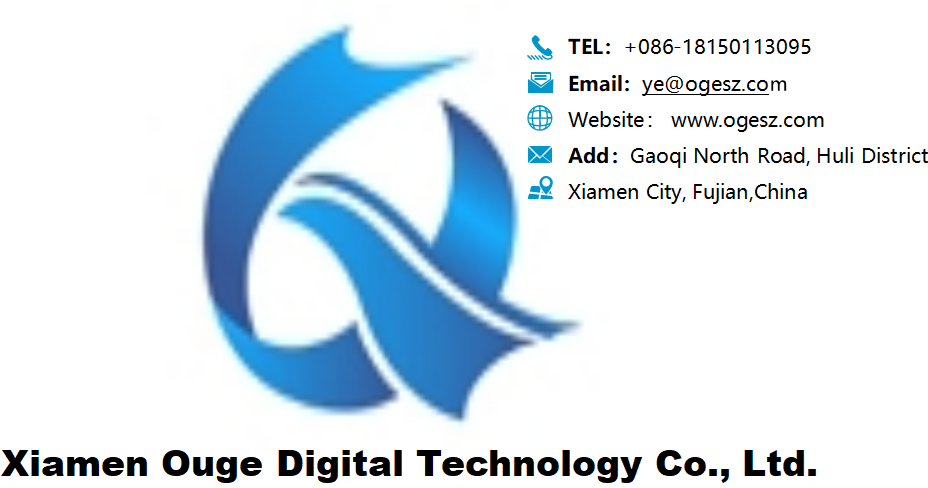
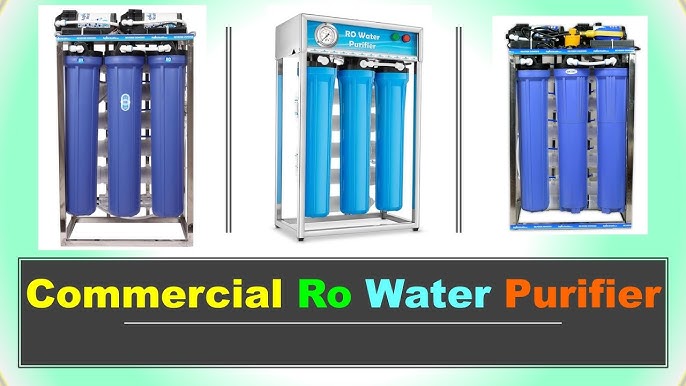 Let Every Drop of Care Take Root: These Places Deserve the Gentle Protection of a Commercial Water Purifier
Let Every Drop of Care Take Root: These Places Deserve the Gentle Protection of a Commercial Water Purifier
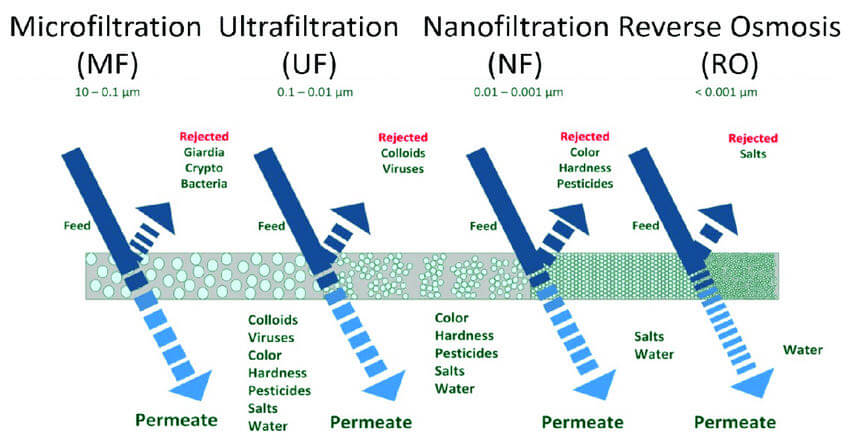 Water Treatment Technologies | Differences Between RO Reverse Osmosis Membranes, Ultrafiltration Membranes, and Nanofiltration Membranes
Water Treatment Technologies | Differences Between RO Reverse Osmosis Membranes, Ultrafiltration Membranes, and Nanofiltration Membranes
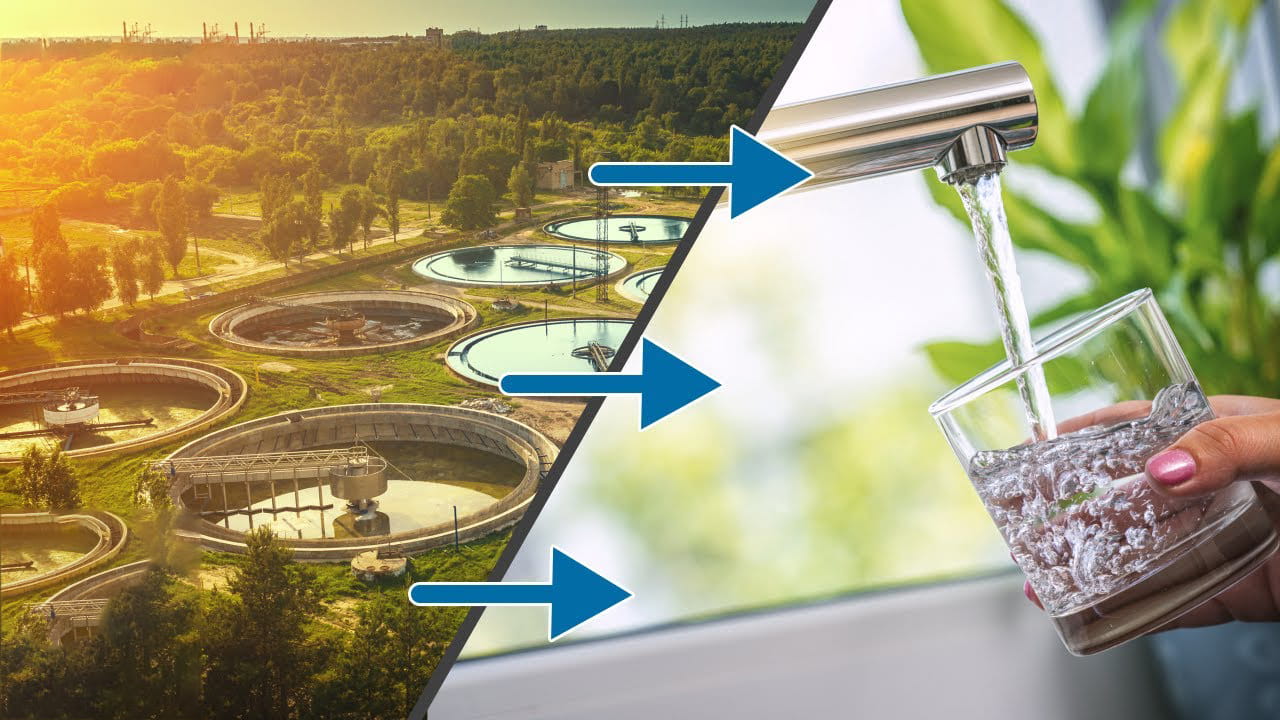 Industrial Water Purification Equipment: Making Your Production Safer, More Efficient, and More Eco-Friendly!
Industrial Water Purification Equipment: Making Your Production Safer, More Efficient, and More Eco-Friendly!
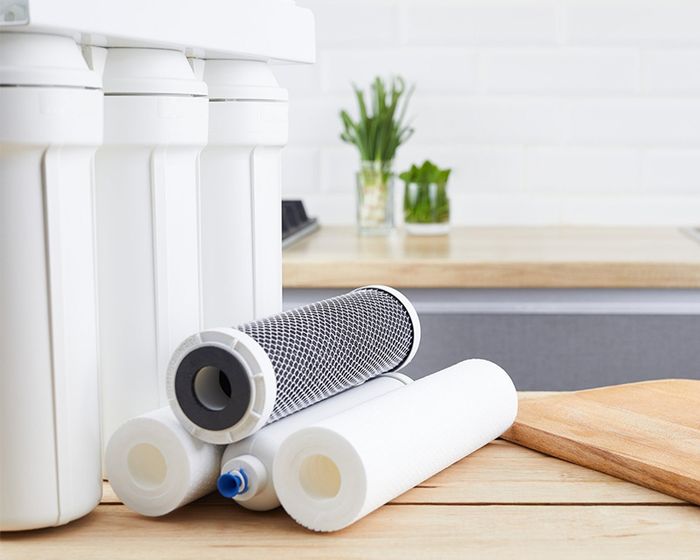 Water purifier emitting an odor? Without identifying these 5 “sources of stench,” replacing the filter cartridge is pointless!
Water purifier emitting an odor? Without identifying these 5 “sources of stench,” replacing the filter cartridge is pointless!